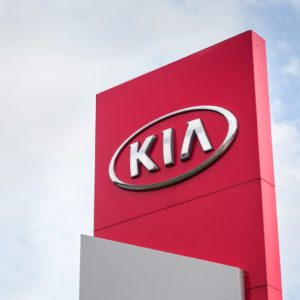It’s been two years since Ford announced discontinuing the sales of traditional cars in North America, which led to the market exit of models such as the Fiesta, Focus, Fusion, and Taurus.
While it can’t be denied that sedans are continuously losing popularity to the growing pickup and crossover market, people still questioned Ford’s decision to kill its car lineup, especially since many automakers such as Toyota, Honda, and Hyundai are sticking to their models.
In a report shared by Ford Authority, Kumar Galhotra, president of Ford North America and VP of Ford Motor Company, explained why.
“The key here is, not just for us, the sedan segment itself has been in decline for a very long time, and that decline has been accelerating over the last few years,” Galhotra said. “Our industry is very resource-intensive—we have to create a particular product and the factory to build it, and all the tooling and our suppliers—that can run into billions of dollars. The question then became, in that environment, of a finite amount of capital, where do we want to invest that capital? Do we want to invest it in a declining segment or do we want to invest it in a growing segment?”

Ford’s answer to these questions was obvious: to channel its resources to the growing segment of SUVs and electric vehicles.
The company worked on reviving old nameplates and releasing them as modernized vehicles, including the Ford Mustang Mach-E, which generated thousands of early reservations, as well as the reborn Ford Bronco and first-ever Bronco Sport SUV, both of which also attracted thousands of customers.
This is on top of the consistent sales of the Ford F-150, whose next generation is set to go on sale, plus the updated Ranger and new Maverick pickup truck all arriving in 2021.
Judging by the performance of these yet-to-arrive models, it looks like Ford made the right call, especially considering the shift in buyer preference and the attention being gained by other developing segments.
Any information provided on this Website is for informational purposes only and is not intended to replace consultation with a professional mechanic. The accuracy and timeliness of the information may change from the time of publication.














